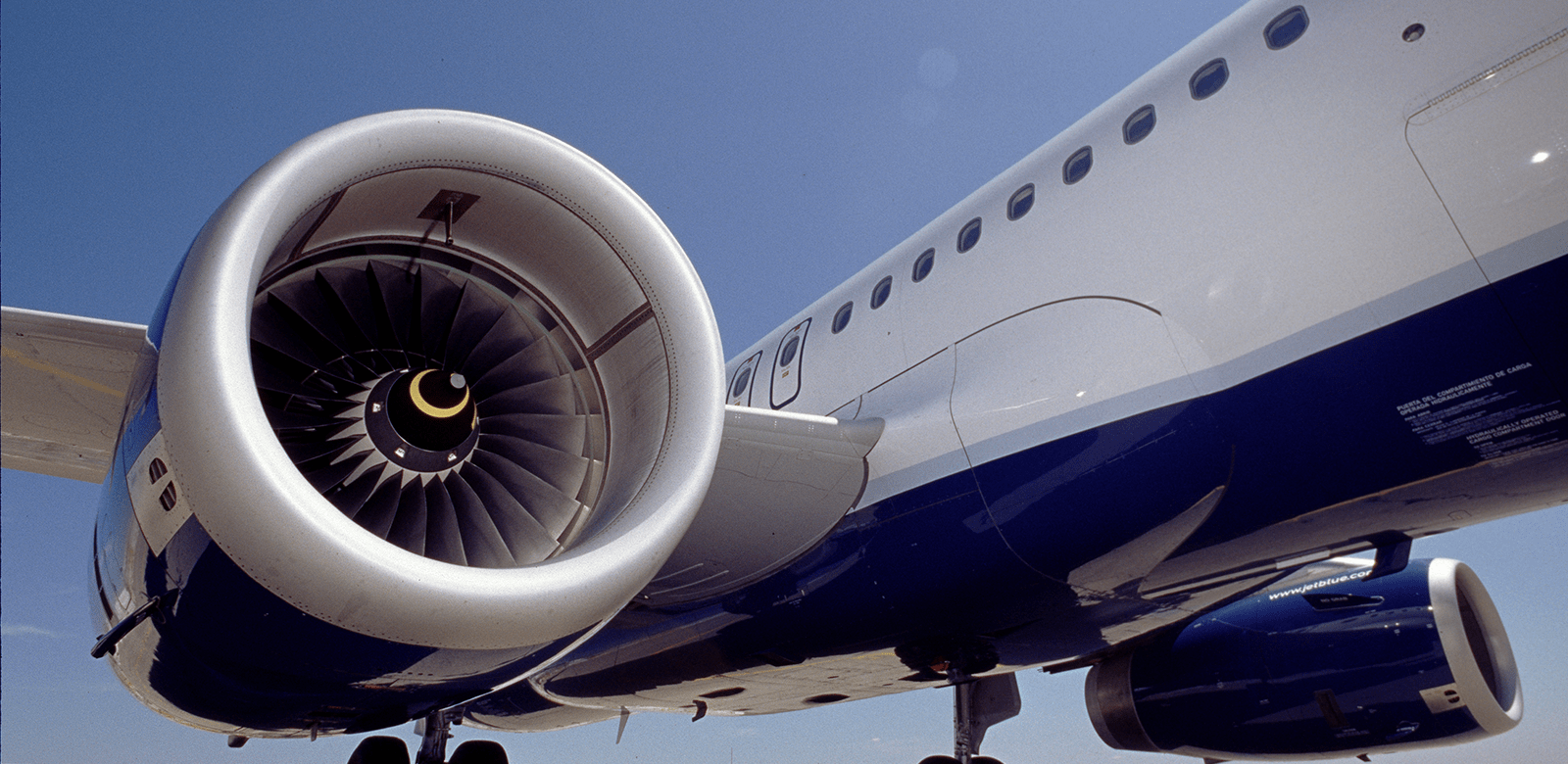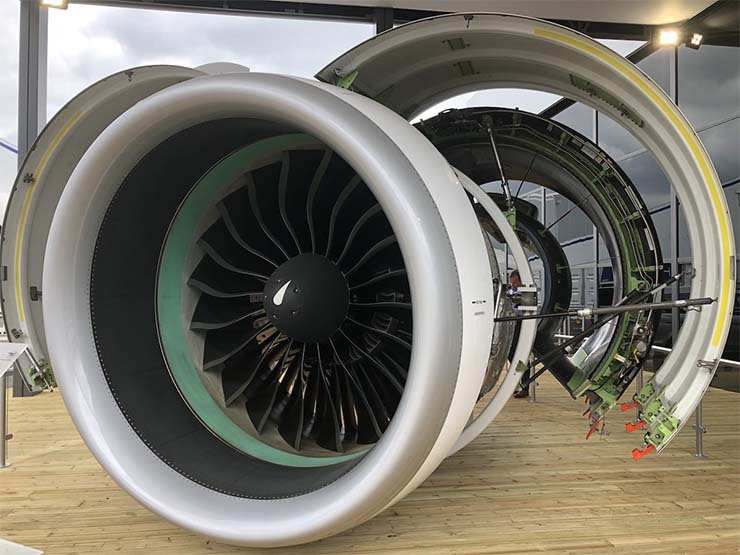
Pratt & Whitney, has a history of supporting India’s aviation growth for more than seven decades, starting in the 1960s with Air India’s Boeing 707s powered by JT3D engines. In the mid-2000s, P&W ushered in a new paradigm with V2500 engines on IndiGo’s 100 A320NEO aircraft.
It would not be wrong to say that at the moment, Indian aviation industry is at a crucial stage of major transformation. It is perhaps the only country that promises exponential growth prospects for the aviation industry. The aircraft orders placed by IndiGo and Air India vindicate such an assumption. Additionally, the prospects of companies like Airbus and Boeing establishing their assembly line in India may also prove to be a major game-changer for the Indian aviation sector, given that this will help in major employment generation, skills development, and strengthening of the overall aviation and aerospace ecosystem within the country.
With such a promising growth prospect in the country, ahead of Wings India 2024 Pratt & Whitney is confident that the company would be able to support the Indian as well as regional airlines which are planning to expand their footprint in India.
In the current global scenario Indian aviation industry stands at a crucial stage of a major transformation, as it is perhaps the only country that promises exponential growth prospects for the aviation industry
Today, IndiGo operates A320NEO family aircraft with Pratt & Whitney GTF engines, which deliver industry-leading environmental benefits, thanks to the unique geared fan architecture. Pratt & Whitney’s PW100/150 turboprop engines form the backbone of India’s regional aviation growth – connecting people and growing economies. Since 2016, the GTF has saved different operators 5 billion litres of fuel, and 15 million metric tons of CO2 globally. India was an early adopter of this technology, and Indian operators account for about 20% of these savings – that’s more than 1 billion litres of fuel and 2.5 million metric tons of CO2 in India.
Pratt & Whitney’s next-generation GTF Advantage aims to provide additional thrust, fuel savings, and durability. It is being tested to unprecedented levels and the company expects the GTF Advantage engine to be an attractive proposition to the Indian market in the near future.
Across its portfolio, Pratt & Whitney already makes the world’s most efficient engines for single-aisle aircraft and aims to continue to invest in next-gen technology to advance fuel efficiency even further. The introduction of the GTF engine in 2016 changed the game. The gear allows the turbine and fan to spin at their optimum speeds.

The geared architecture, which is scalable, will be the foundation for the company’s next generation platforms. Its work on the GTF Advantage is just the first step on the long road to future propulsion systems that will fulfill aviation sector’s commitment to net-zero carbon emissions by 2050.
RTX business units of Pratt & Whitney and Collins Aerospace are also developing sustainable solutions for regional aircraft that operate in the UDAN segment like the RTX hybrid-electric flight demonstrator programme. The company also aims to demonstrate its potential for larger-scale GTF engines for single-aisle aircraft. As battery technology continues to advance, the efficiency benefits of hybrid-electric systems will only increase. Combined with the work P&W is carrying-on to increase the efficiency of today’s jet engines and increase the use of sustainable aviation fuels (SAF), these improvements to propulsion systems will get it closer to the global goal of achieving Net-Zero carbon emissions for civil aviation by 2050.
RTX business units of Pratt & Whitney and Collins Aerospace are also developing sustainable solutions for regional aircraft that operate under the UDAN segment like the RTX hybrid-electric flight demonstrator
In addition, under its global GTF MRO network, P&W is accelerating its previously planned investments to increase capacity and bring more shops online to support its customers. In 2023, Pratt & Whitney announced three facility expansions and three shop activations across the GTF MRO network, which has more than doubled in size in four years. By 2025, it expects to have 19 GTF MRO shops operational.
Talking about India, P&W’s focus has been on using India’s aerospace innovation prowess to deliver value to its customers. Last year, P&W announced the launch of Percept – an advanced AI-based Aircraft Engine Analysis Tool – ‘Percept Computer Vision Product – PCVP’, which is a Pratt & Whitney-specific computer vision product designed by Awiros, an Indian start-up. Percept can identify missing components from aircraft engines by analysing images of different engine sections. This tool can help in reducing the time as well as the effort involved in the pre- and post-lease inspection of aircraft engines.
Additionally, Pratt & Whitney has been consistent in its investments in India – and has made deep investments in India over the past two decades. Its flagship investment was the India Customer Training Center in Hyderabad and it recently made a combined $40 million investment for the India Engineering Centre (IEC) and the India Capability Center (ICC) in Bengaluru.
P&W’s focus has been on using India’s aerospace innovation prowess to deliver value to its customers, with Indian start-ups. It developed a computer vision product-PCVP, designed by Awiros, an Indian start-up
As P&W continues to grow its partnership with India, it is also exploring supply chain growth here. P&W has been working with Indian suppliers for over a decade in machining and assembly, and its network includes leading Indian aerospace suppliers.
P&W has also sourced nearly $55 million in the past 10 years for India from leading aerospace suppliers. It has also sourced over $500 million in Engineering Services into India over the past two decades. It aims to expand its sourcing in India to reach nearly $150 million annually by 2030.















